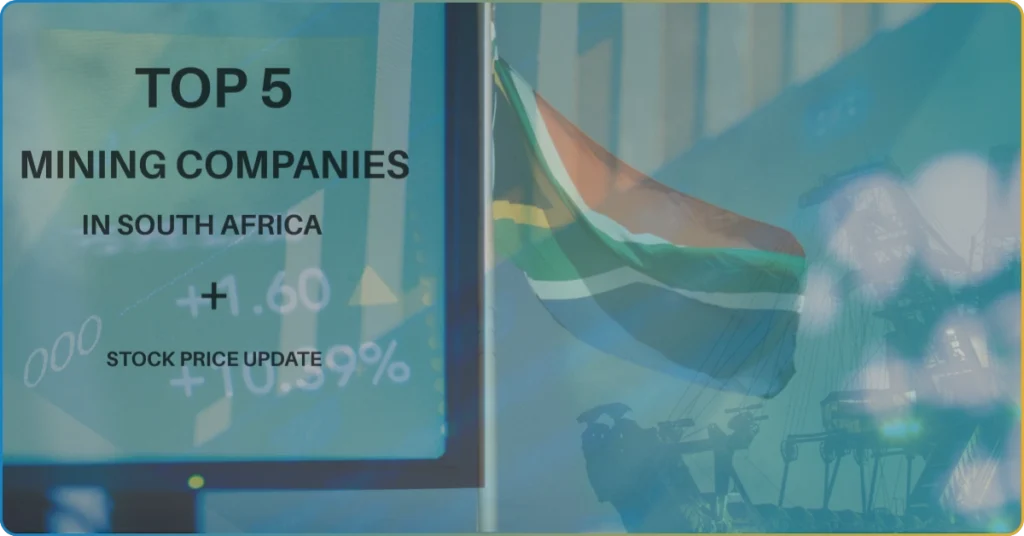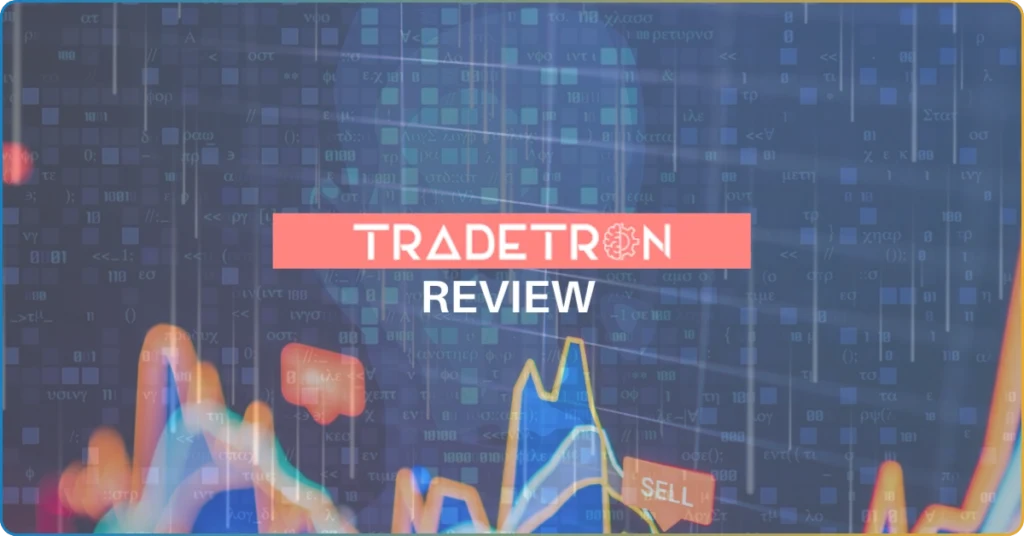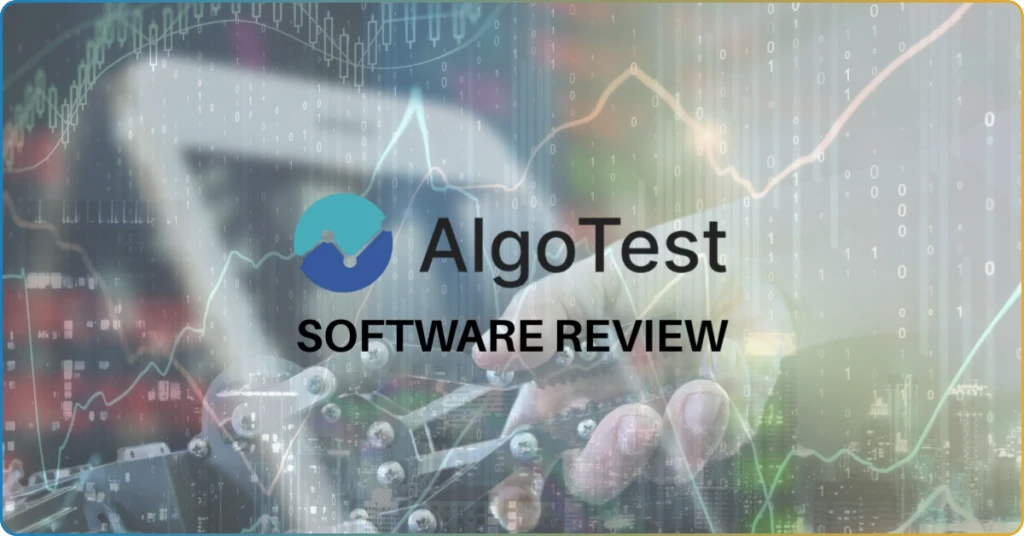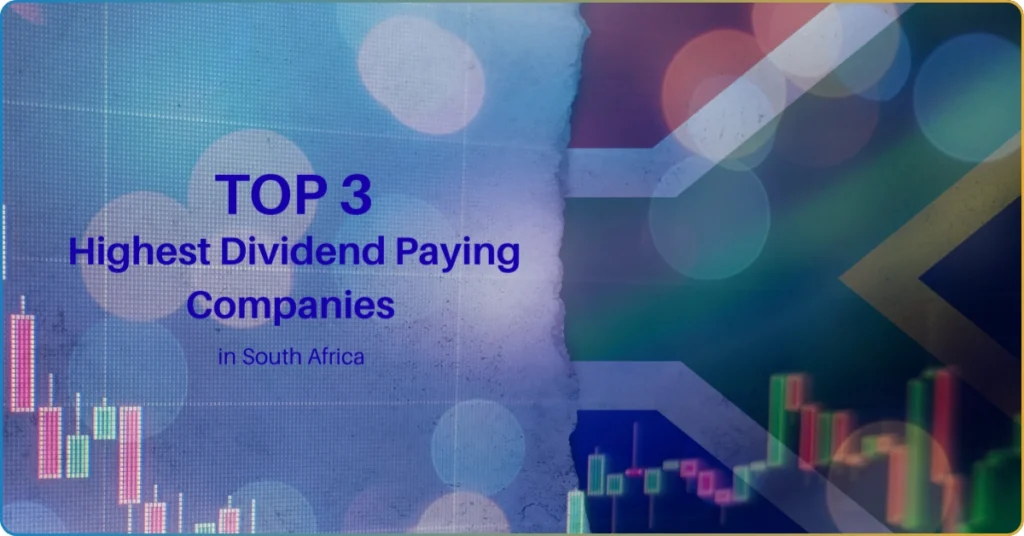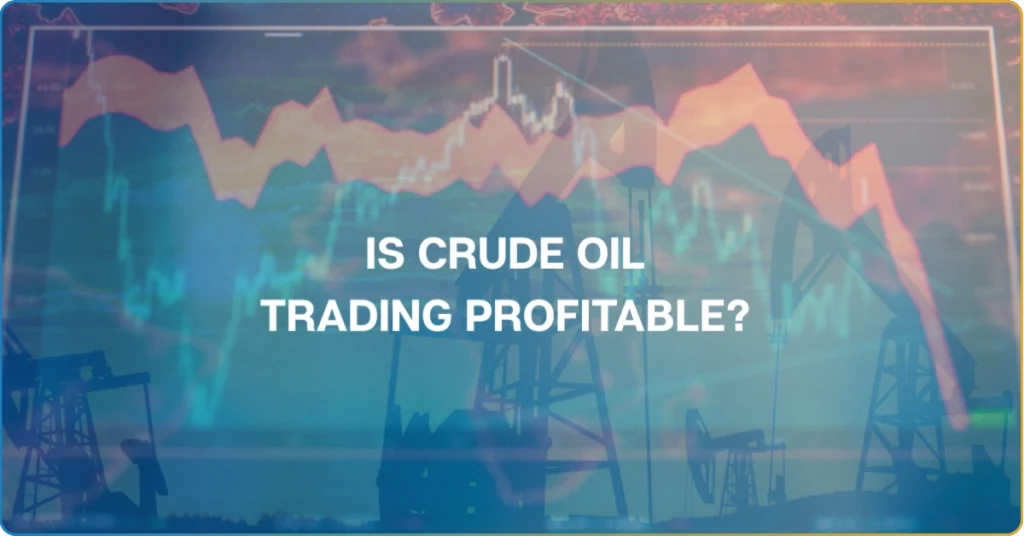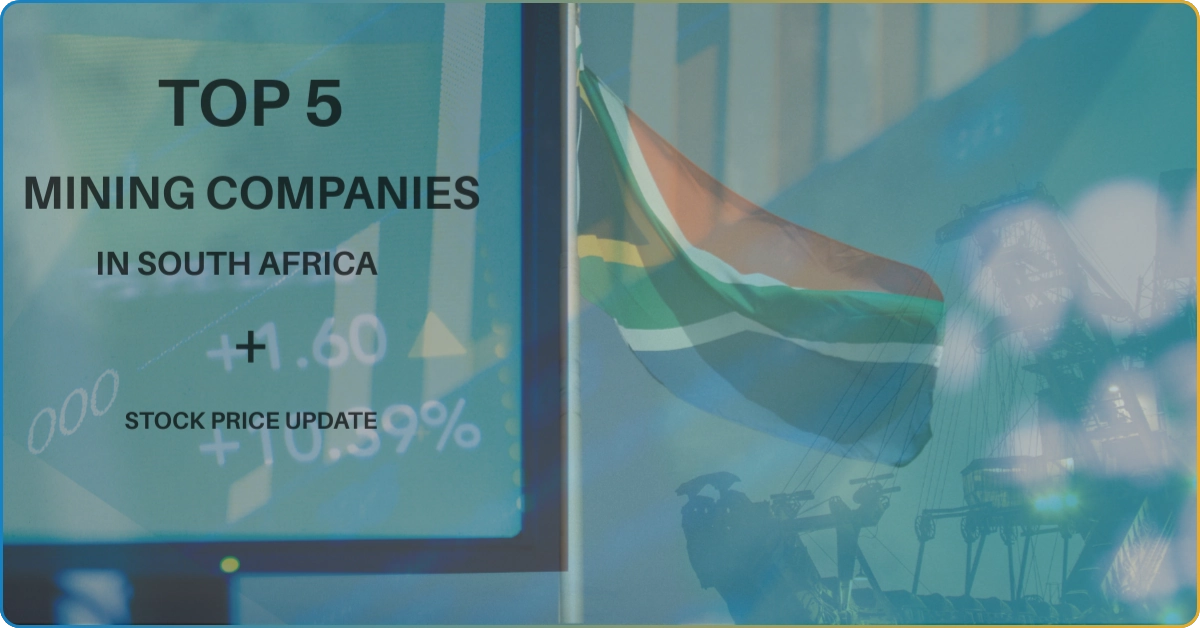Palladium was once the most expensive precious metal in the world.
But after its $3,417 peak in March 2022, palladium prices had been on a constant decline for two years, hitting a lower low of $833 in August 2024.
Today, the palladium market is on a constant decline due to these major reasons:
- The loss of automobile demand.
- The emergence of battery electric vehicles.
- The diminishing threat of Russia’s palladium supply disruptions.
This article will walk you through the palladium price in South Africa today, as well as its historical trends and market forecast for 2025. Read on and see if this precious metal is worth investing in.
The Palladium Price in South Africa in 2024
Palladium price dropped 48% over the last two years, when it hit its impressive all-time high of $3,440. Since then, the market has yet to show any signs of recovery.
PALL started 2024 trading at 1,114 USD per troy ounce, a 39.13% decrease from 2023’s 1830 USD per troy ounce.
In February 2024, palladium price became cheaper than platinum for the first time since 2018, trading at 866 USD per troy ounce compared to platinum’s $878.
As of writing, PALL has a 52-week trading range of 820.5 – 1,300 USD per troy ounce.
The second week of September was considered the best period of the PALL market. Through the 9th to the 17th of September, Palladium traded from $905 to $1,117 per troy ounce. This marks PALL’s 52-week high for 2024.
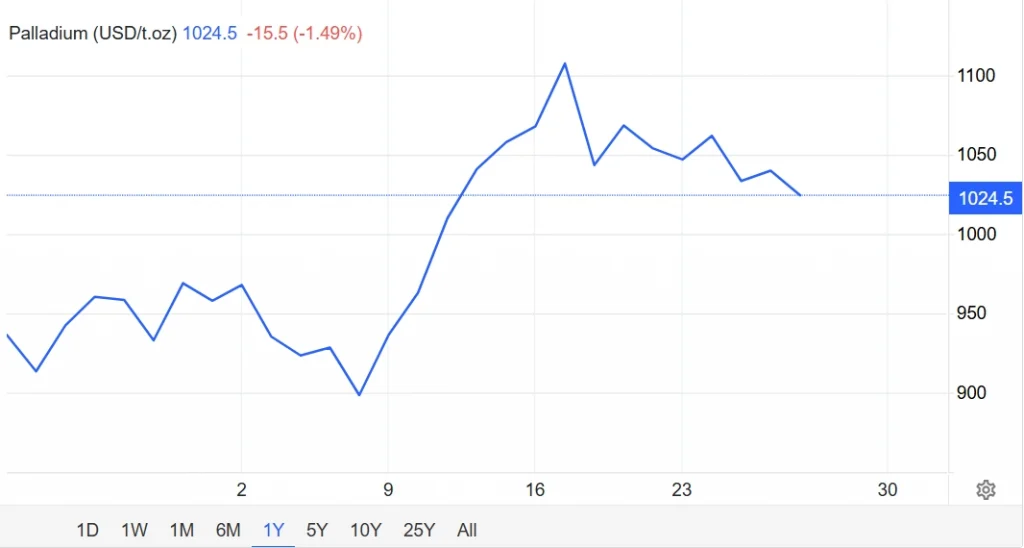
The biggest factor that moved the PALL market was the Sibanye-Stillwater’s announcement regarding the proposed 200,000-ounce cut in its annual supply.
See the table below for a more detailed palladium price in South Africa
| ZAR | USD | |
| 52-week range | 14,138.12 – 22,399 | 820.5 – 1,300 |
| Market cap | 3.275 trillion | 190.13 billion |
| 52-week high | 19,249.91 | 1,117 |
| All-time high | 59,231.20 | 3,440 |
Curious about the latest developments in the palladium market? TRU CommuniTrade keeps you informed with up-to-date insights on commodity trends. Connect with thousands of fellow traders and engage in meaningful discussions about all aspects of commodity trading.
PALL Price’s Continuous Decline After the Impressive 2022 Peak
The delight of PALL holders and investors was cut short when the market declined after peaking at over $3,400 per troy ounce. This year, the market witnessed a 5-year low of $866 in February, marking the day when it became cheaper than platinum.
The decline was due to several factors.
Softening demand on the automobile industry
The automobile industry’s preference for platinum is a major factor driving palladium prices down. This is because platinum is cheaper than palladium, especially after its 2022 peak.
Quick Fact: The automobile industry drives 84% of the global demand for palladium, while it accounts for just 40% of the platinum market.
Emergence of Battery Electric Vehicles
Eliminate, not just reduce.
The need for a more advanced approach to eliminate carbon dioxide emissions increased the demand for battery electric vehicles (BEVs). Unlike traditional, gasoline-reliant vehicles, BEVs don’t emit exhaust gases—they don’t need palladium or any catalytic converters at all.
As the BEV sales increase, the market sales of fossil-based vehicles—the main source of palladium demand, drop.
However, the market has yet to experience the full effect of BEVs. As consumers are still skeptical and even hesitant to switch to BEVs, they opt for hybrid cars—which means palladiums will still be in circulation.
Delayed New Emission Regulations
Euro 7 aimed to implement a stricter emission standard for vehicles. One standard to be adopted is to increase the use of catalytic converters (palladium, platinum, and rhodium) in gasoline-based vehicles.
However, the initial plan of implementing Euro 7 in 2025 was pushed to 2031.
This delay in emission regulations decreased the demand for palladium. Vehicle companies don’t need to increase the amount of palladium in their vehicles as soon as possible.
Surplus and Increased Recycling Supply
The retirement of gasoline-based vehicles increases PALL surplus of countries, especially in the United States and Chine. This would also increase recycling supplies.
When there’s enough or too much recycling supply, the demand for the metal naturally declines. It’s because manufacturers and companies eliminate the need to buy the resources, which drives up the metal supply.
For instance, China’s recycling supply rate is predicted to grow to 443,000 in 2028. This prediction translates into PALL price’s further and continuous struggle to rebound.
The 2022 Palladium Peak
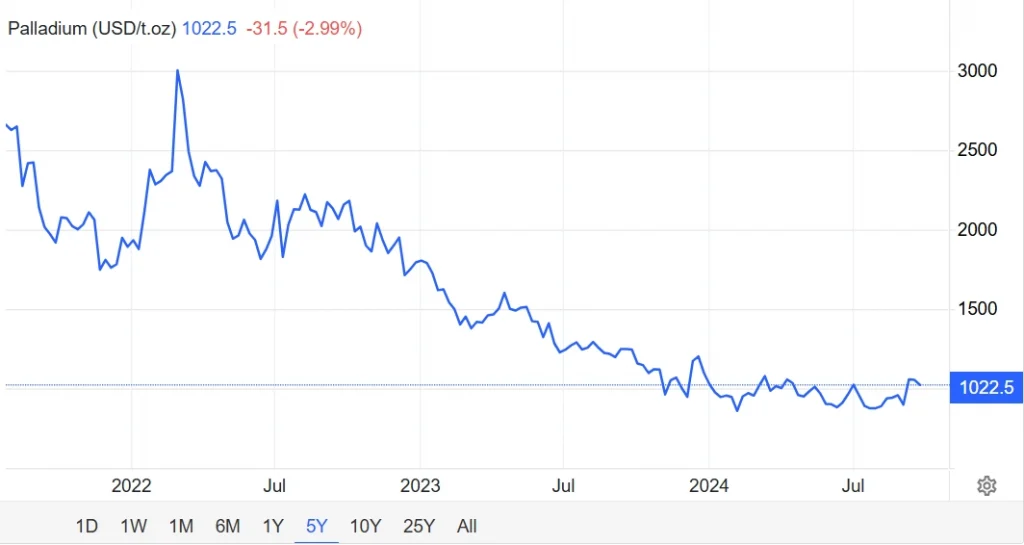
In February 2022, the palladium market hit an all-time high of over $3,400 per troy ounce. This surpassed the price where palladium was more expensive than gold, trading at $2,500 compared to gold’s $1,800.
The reason for the 2022 peak? The Russia’s invasion of Ukraine.
Russia shares an approximate of 40% of global palladium mine supply.
With the fear of declining supply of palladium due to potential consumer and geopolitical sanctions against Russia, investors started hoarding the palladium. They expect the demand to increase as Russia’s palladium mining operation may be interrupted.
But as Russia’s palladium mining remained in business, holders started selling their palladium. This skyrocketed supply dragged the palladium price to decline.
The Future of the Palladium Price
According to analysts, the palladium commodity is forecasted to trade at around $930 at the end of this year’s 3rd quarter. However, it’s expected to rebound and trade above $1000 before closing the year.
The overall market trend for palladium has been challenging, with factors such as reduced industrial demand and increased supply contributing to the decline.
If you’re holding PALL or considering investing, it might be a good idea to keep an eye on market developments and consider diversifying your portfolio to mitigate risks.





